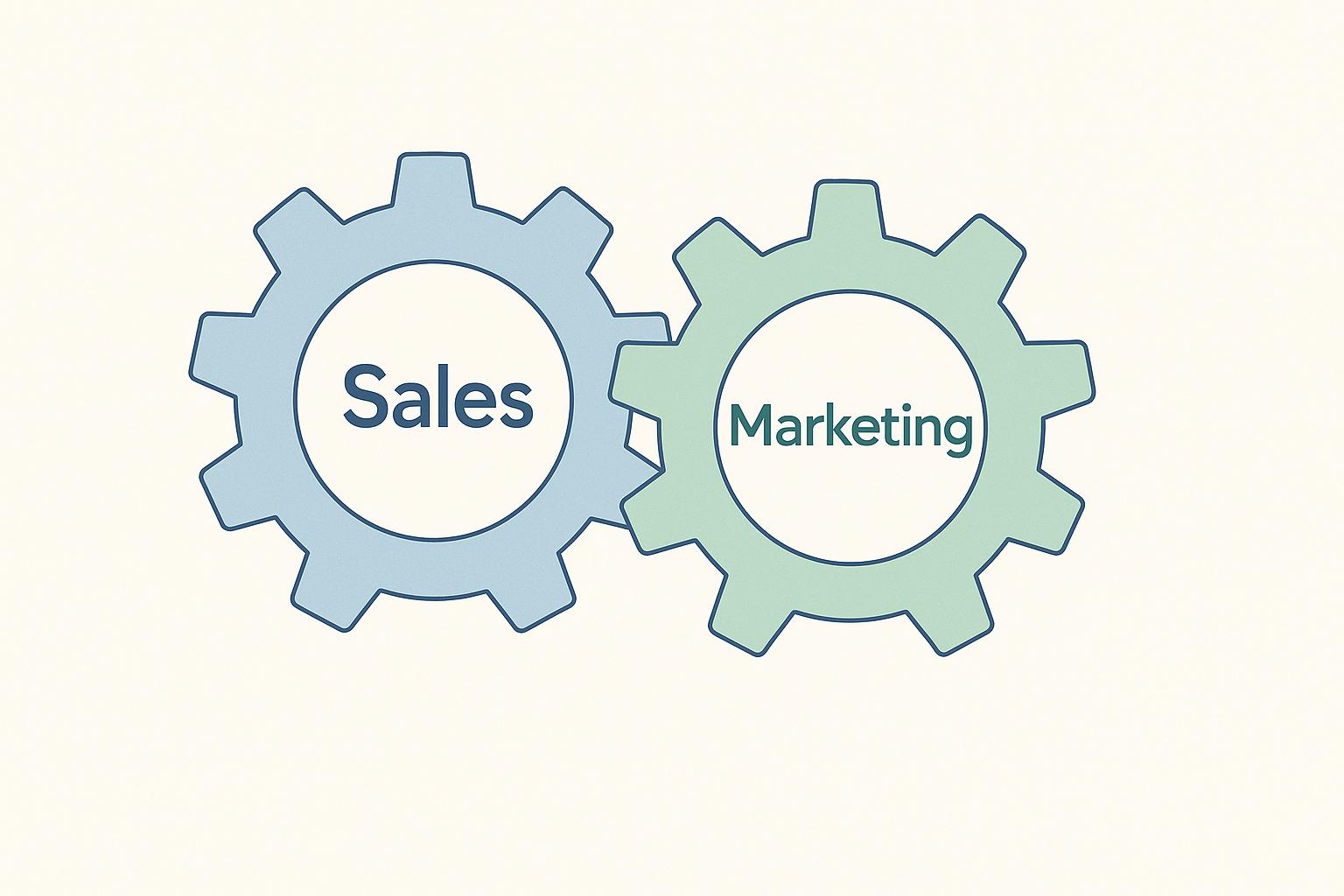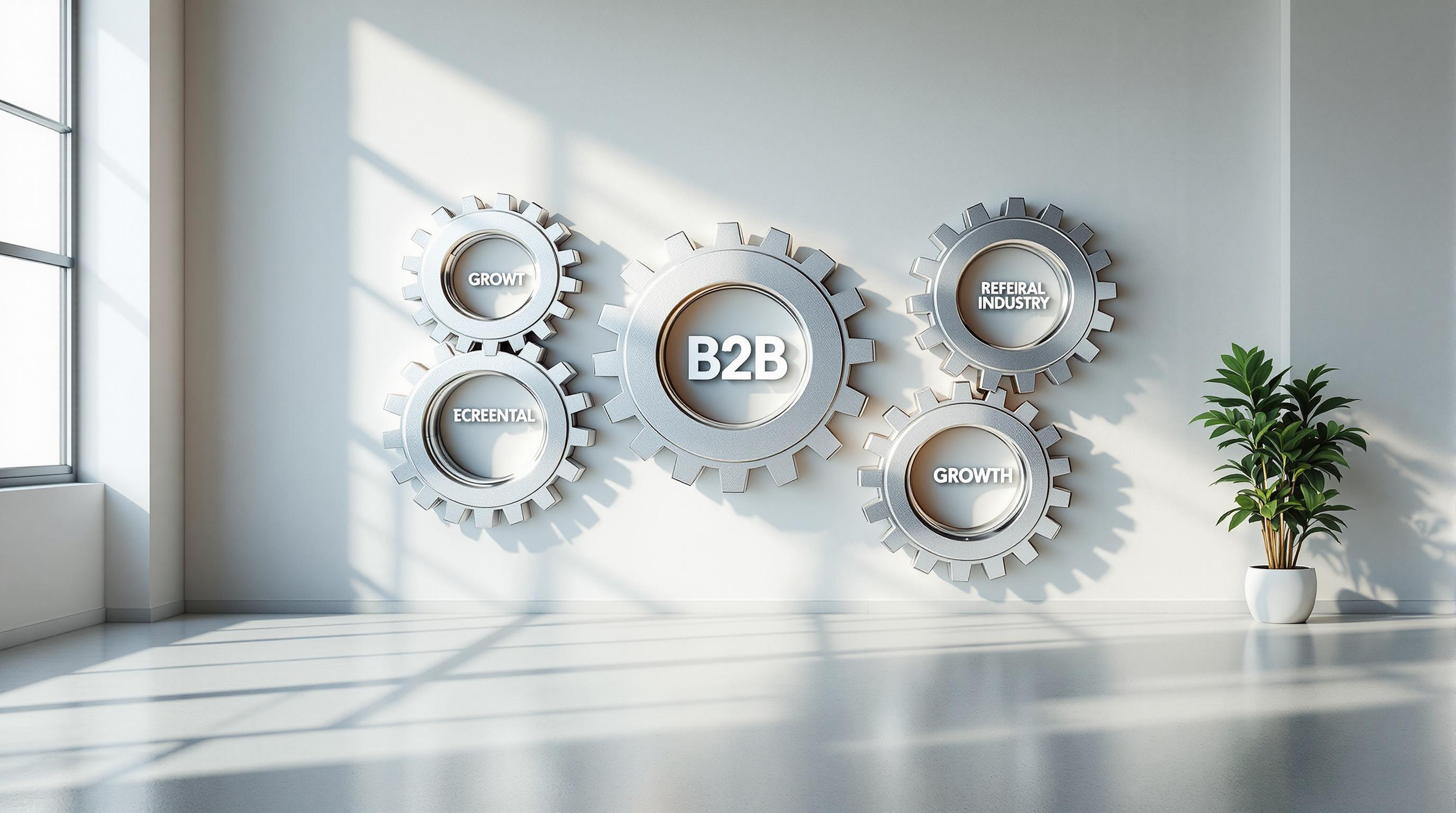IoT data is transforming how businesses understand and interact with customers. By collecting real-time information from devices like sensors and apps, companies can deliver personalized experiences, improve engagement, and boost sales. Here's how IoT achieves this:
- Real-Time Insights: IoT tracks customer behaviors instantly, enabling businesses to respond quickly.
- Customer Segmentation: Group customers by actions, preferences, and usage patterns for targeted strategies.
- Personalized Marketing: Use IoT data to adjust pricing, send tailored recommendations, and optimize inventory.
- Enhanced Sales Systems: IoT data enriches CRM tools, automates workflows, and identifies high-value leads.
IoT-powered personalization leads to higher engagement, better conversion rates, and improved customer satisfaction. Businesses leveraging these tools gain a competitive edge by delivering dynamic, tailored experiences.
IoT Data Collection Methods
Live Data Gathering Systems
IoT sensors placed at various customer interaction points collect real-time data such as movement, temperature, and interactions. This information is then sent through local or cloud networks to edge or central platforms, providing a continuous flow of customer activity data. This uninterrupted stream is directly integrated into analysis systems.
Data Analysis Methods
Raw IoT data undergoes several processing steps, including:
- Cleansing: Removing irrelevant or noisy data.
- Pattern Recognition: Identifying recurring behaviors or trends.
- Predictive Analytics: Anticipating future actions or needs.
- Real-Time Processing: Enabling instant personalization and responses.
These analytics systems transform the processed data into actionable insights, which help create customized experiences and improve strategies.
IoT Applications in Practice
In the retail sector, sensors tracking environmental conditions and customer movements send data to edge servers for immediate analysis. These insights are then processed by central systems to enable features like dynamic promotions, optimized store layouts, and personalized digital interactions based on how customers engage in real time.
Customer Personalization with IoT
Grouping Customers by Behavior
Using IoT data, businesses can categorize customers based on their actions. For example, retail sensors track how customers move through a store, how long they stay in specific areas, and how they interact with products. Similarly, smart home devices and wearables provide insights into lifestyle habits, offering a deeper understanding of customer preferences.
Detailed Customer Segments
IoT data helps create highly specific customer segments by analyzing:
- Usage Patterns: How often and in what ways customers use products.
- Preferences for Settings: Choices like temperature, lighting, and overall environment.
- Time-Based Behaviors: When customers are most active or engaged.
- Location Data: Movement within stores or across regions.
By combining these factors, businesses can go beyond general demographics and craft experiences tailored to individuals or smaller, more specific groups.
Personalized Marketing and Products
IoT insights allow brands to:
- Adjust pricing and inventory dynamically: Match prices and product availability with current demand and seasonal trends.
- Send targeted messages and recommendations: Share promotions and product suggestions that are relevant to the customer’s context, whether through apps or device notifications.
This data-driven method helps brands predict customer needs and deliver personalized experiences across both digital and physical spaces. Up next, we’ll explore how sales systems use IoT data to enhance customer profiles.
How to Use IoT Data to Deliver Better Customer Experiences ...
sbb-itb-b22f30c
IoT Data in Sales Systems
Sales automation tools use IoT data to create actionable workflows within CRM platforms.
Comprehensive Customer Profiles
Hatrio Sales combines contact and engagement data in its CRM, enhancing and verifying leads with firmographic and demographic details. With access to a database of 1.5 billion contacts, it incorporates IoT signals - like device activations and usage patterns - to create more detailed profiles and focus on high-value outreach opportunities.
Seamless Multi-Channel Experiences
Hatrio Sales aligns campaigns across email, LinkedIn, chatbots, and social proof to deliver consistent messaging based on enriched customer profiles. Drip campaigns and follow-ups are triggered by real-time IoT data, while CRM tools track feedback from every interaction. IoT-driven lead scoring identifies top prospects, enabling the delivery of personalized campaigns on a large scale.
IoT Personalization Results
Using IoT data in sales workflows delivers clear improvements in engagement and conversion rates.
Performance Metrics
Personalization powered by IoT enhances engagement, boosts conversion rates, and improves customer satisfaction. Hatrio Sales monitors key metrics like:
- Customer lifetime value (CLV)
- Customer acquisition cost (CAC)
- Engagement rates across various channels
- Response times to customer behavior triggers
- Accuracy of predictive customer models
How IoT Data Impacts the Market
Hatrio Sales taps into real-time IoT data to improve marketing efforts, strengthen customer loyalty, optimize resources, and boost cross-selling opportunities. Businesses can use real-time signals to create dynamic customer segments that automatically update, ensuring that messages and offers stay relevant across all interactions. These tools are reshaping how companies approach personalization strategies.
Advancing IoT Customer Data
Get ready for the next wave of IoT-driven capabilities:
- Real-time experience optimization
- Predictive personalization
- Integration across devices and customer journeys
- Privacy-first data models
These developments will play a key role in delivering secure and precise customer engagement.
Conclusion: IoT Data Impact
IoT data is reshaping how businesses interact with customers, offering real-time insights that enhance engagement at every step.
With access to live data streams, companies can deliver tailored experiences that adjust instantly to customer actions and preferences. This evolution from static marketing efforts to dynamic, personalized interactions is now a key driver of business growth.
Hatrio Sales supports over 104,000 websites, automating workflows to improve each stage of the sales process. Looking ahead, privacy-focused approaches and predictive personalization are set to lead the next wave of IoT-powered customer engagement. Businesses that prioritize these advancements will gain a strong edge in the competitive landscape.



